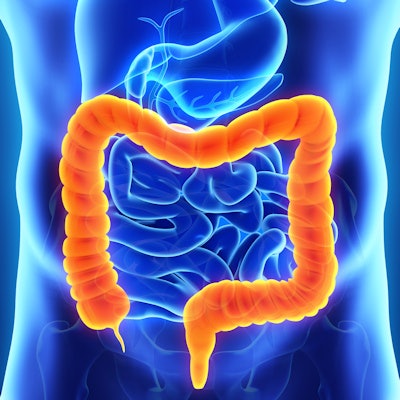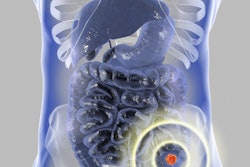
Increasing the frequency of follow-up CT exams for patients who underwent colorectal cancer surgery did not significantly affect their survival or the detection of cancer recurrence, according to two studies recently published in the Journal of the American Medical Association.
To determine the optimal number of follow-up CT exams and blood tests for these patients, two different teams of researchers compared the benefits of two strategies for follow-up surveillance: one high intensity and the other low intensity. Each group developed its own protocols for high-intensity and low-intensity follow-up.
The first group, led by principal investigator Dr. Henrik Sørensen from Aarhus University Hospital in Denmark, evaluated the effect of follow-up CT exams and carcinoembryonic antigen (CEA) tests on patient outcome after colorectal cancer surgery at 24 medical centers throughout Denmark, Sweden, and Uruguay as part of the COLOFOL trial. The low-intensity protocol consisted of two follow-up CT exams over a five-year period, while the high-intensity protocol was five exams over the same period. Both groups also received CEA tests.
Among the 2,509 patients who participated in the trial, there was no significant difference in rates of patient mortality or cancer recurrence between those who underwent low-intensity follow-up versus those who had high-intensity follow-up (JAMA, May 2018, Vol. 319:20, pp. 2095-2103).
| Low- vs. high-intensity CT after colorectal cancer surgery | ||
| 2 follow-up CT exams | 5 follow-up CT exams | |
| Overall patient mortality rate | 13% | 14.1% |
| Colorectal cancer mortality rate | 10.6% | 11.4% |
| Colorectal cancer recurrence rate | 21.6% | 19.4% |
In the second study, researchers from the U.S. reviewed data from the National Cancer Database (NCDB) -- specifically honing in on 8,529 patients who underwent surgery for stage I, II, or III colorectal cancer at one of 1,175 imaging facilities between 2006 and 2007. They divided the facilities into high-intensity facilities that conducted an average of 2.87 follow-up CT exams for its patients and low-intensity facilities that performed a mean of 1.63 exams within three years. Both groups also had CEA tests but at different intervals.
The data revealed no significant difference in overall survival rates (65.6% versus 65.5%) or median time to detection of cancer recurrence (15.1 months versus 16 months) for patients at the high- and low-intensity facilities (JAMA, pp. 2104-2115).
"There is now a considerable body of evidence that imaging and CEA testing more often than every year does little to improve survival in a meaningful way," wrote Dr. Hanna Sanoff from the University of North Carolina at Chapel Hill in an accompanying editorial. "Current guidelines should be re-evaluated in the context of the data from the COLOFOL trial and the NCDB study, and of the potential harms of more frequent testing, including distress, radiation exposure, and patient and societal financial burden."



















